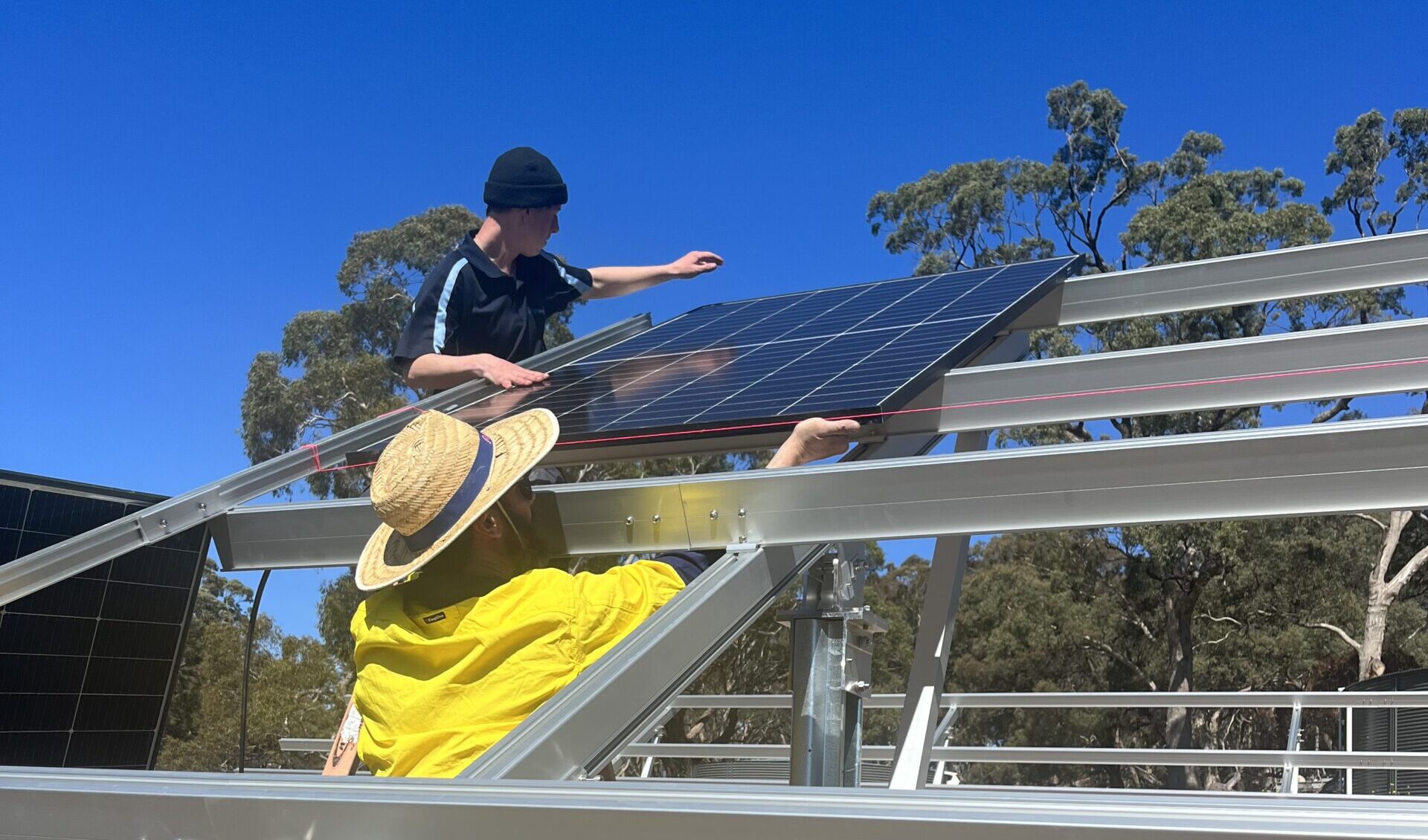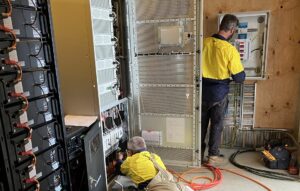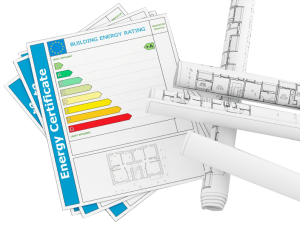
Home > Quality & Reliability > Expert Tips for Getting the Best Off-Grid Quote

It is important to us to educate our customers on what their electricity requirements mean, how their system design relates to those requirements and the integral role each product plays in overall system performance, operation, reliability, and longevity. We hope this guide provides you with confidence in your decision to choose us as your off-grid provider.
How thorough is the energy/power assessment?
It is critically important to thoroughly assess your site’s power and energy requirements to correctly design and scale an appropriate system solution. Without knowing how much power you need, appropriate system capacities cannot be determined and no one can be certain that the system will supply adequate power. Quality time assessing your needs is vital to ensuring a wise investment and your power reliability.
Over the years we have completed thousands of load profile assessments across a wide range of applications, and we have a very high proportion of CEC-accredited off-grid designers in our team, who are certified in accurate load profiling and system design. Our proven experience means we can ensure your system design is no more or less than what you need, based on your unique load assessment.
Can your system keep the power on if something fails?
It is important to know your product’s capabilities in the event of different failure scenarios and how this will impact the reliability of your power supply.
Our preferred products offer the greatest redundancy possible, including bypassing individual battery module failures to maintain your power supply, and allowing grid or generator power through to your appliances in the unlikely event of an inverter charger failure. In most cases, these features will never be needed, but when you’re fully reliant on your off-grid system it’s reassuring to have these levels of fail-safe.
Manufacturers mostly use the continuous power rating in the model number of their products, but that’s not always the case – some use the 30-minute or peak/surge ratings (e.g. Victron). Misinterpretation of model numbers can lead to inadequate sizing, system overload and shutdowns.
Our quotes always show the battery inverter/chargers’ ‘usable’ continuous, 30-minute, and peak/surge power output ratings. To cross-reference how this relates to your system design, have a look at your 30-minute Design Demand listed at the bottom of your Load Profile. Additionally, we also prefer inverter chargers that are more heat tolerant to maintain power outputs at higher temperatures – when it’s needed the most.
The ‘minimum solar contribution’ indicates the amount of your energy demand that will be met by solar in the worst months, e.g. winter. This should ideally be sized to meet a bit more than 100% of your energy demand requirements, in order to have less reliance on a backup power source (i.e. grid, or generator).
We consider your local weather data, solar panel orientation(s) and inclination(s), estimated shade and soiling reductions, and transmission and conversion losses to provide the most accurate possible solar yield predictions. On the Performance page of our quotes, you will find an indication of the minimum, maximum, and average solar contribution relative to your energy requirements.
The DoD of a battery bank is an important sizing factor to get right. Having a DoD that’s too low can deteriorate your batteries significantly and shorten their lifespan. Your DoD also gives you an idea of your ‘days of autonomy’ – i.e. how much spare battery capacity you have on hand to last you a few days’ worth of bad weather.
Most of our systems will be designed with an average DoD of 45-55% to maintain healthy batteries, and adequate days of autonomy, while still maximising your investment and reducing the ongoing costs of backup power (fuel or grid).
In addition to battery capacity (kWh) your battery bank also needs to be sized to adequately support your power (kW) requirements. Each battery brand and technology has varying power outputs and needs to be carefully matched to your inverter charger power output capabilities to avoid battery bank overloading and potential system shutdown.
Our years of hands-on experience with a huge range of battery brands and technologies means we pay careful attention to matching your battery bank’s power output to your required size of inverter charger(s). Ensuring system stability and reliability.
Does your quote detail your key system components?
It is important your quote clearly defines each key product, quantity, and capacity, to ensure you’re getting what you’re paying for. Broad product descriptions may lead to inferior products being installed – compromising your power supply and causing frustration.
Our quotes have been Clean Energy Council (CEC) certified and always detail key products, quantities, warranties, and capacities as clearly as possible.
Performance data is an essential part of your quote and shows you exactly what the system is designed to achieve. It also must be included in your quote/contract in order to comply with accreditation regulations.
All of our quotes include site-specific energy yields (kWh) considering your solar array direction and tilt, soiling, shade predictions (if applicable) and related transmission and conversion losses. Additionally, estimated system self-consumption is also accounted for to provide the most accurate performance predictions possible.
It is vital that individual warranties are stipulated in your quote to avoid any disappointment and unexpected replacement or repair costs.
Warranty periods are clearly defined for each product within our quotations for complete transparency. Our installation warranties comply with the strict requirements of our accreditation as a New Energy Tech Company.
There are minimum mandatory requirements for all accredited system designers to include in quotations, including;
After the last Australian Standards update we completed a comprehensive review of all our paperwork and processes to make sure that every requirement from the CEC, CER, NETCC, AS/NZS Standards, and NECA were being met. We are a signatory to the New Energy Tech Code of Conduct and are an Approved New Energy Tech Company and CEC Retailer, meaning we hold a higher level of compliance and professionalism for a great level of customer confidence.
What experience is on offer?
Not all solar and battery applications and installations are the same, so relevant experience is paramount to ensure correct design, full functionality, performance, reliability, and longevity.
We’ve been exclusively installing off-grid systems since before we began our business in early 2011. So with over a decade of experience and over 1,300 off-grid installations across Australia, we can truthfully claim to be a specialist in off-grid battery installations.
Important pre-installation guidance ensures a smooth and seamless installation without surprises, and the ability to ensure compliance and quality control as early as possible.
We provide our customers with detailed guides for any preparation works needed before installation. This includes 3D modelling and dimension guides for things like groundworks, equipment rooms, and generator requirements. Ever since Off-Grid Energy Australia started in 2011, we have pre-built and tested our off-grid systems in our workshops before sending them out to the site to be installed, which offers the following benefits;
In addition to relevant installation experience to best ensure your systems’ performance and compliance, accreditations exist for solar, hybrid and off-grid installers allowing you to take advantage of STC deductions.
Our accredited in-house installers are some of the most experienced off-grid installers in Australia (in both years and number of systems installed), and this wealth of knowledge is passed on to any of our external installation partners which all are fully accredited.
Business longevity is critically important with a long-term investment like this, to ensure your power supply will be supported now and into the future.
Our business model and longevity have been proven since our inception in early 2011. We are stridently ethical in our practices and pricing, with the direct aim of providing the best possible opportunity for our ongoing success and support of our customers.
If making a service call you likely require support promptly, or immediately in emergency situations, therefore it is important to check what after-sales support is on offer to ensure you will get the level of attention you need when you need it. It’s worth checking the number of dedicated personnel supporting service enquiries, and whether someone is available 24/7 year-round.
Firstly, we are very selective in the products we supply and have strict design principles to best mitigate service risks to our customers and business. However, should support be required, we do have a dedicated team of experienced technical support staff to take your call, while our office staff have the basic training and knowledge to assist you in most cases. With our years of proven experience, we know what it takes to support such critical infrastructure and we are passionate about doing so.
We hope you found this information helpful and that we can help with your solar and battery solution. Feel free to get in touch with your Off-Grid Energy Australia consultant to continue your system journey. For more general advice on what to look for in your off-grid installation company, check out this article.




The breadth of specialised knowledge in our technical team can only be learned from decades of work in ruthlessly hunting down the solution to any challenge

When living off-grid, you rely entirely on solar panels and batteries, so it’s critical to know exactly how much electricity you’ll need, and when you’re going to need it.

During a natural disaster, ensuring the safety and functionality of your off-grid solar power system is crucial. Here are the steps to take: Before the

Our goal was to obtain a negotiated 15-20% discount on solar systems by buying in bulk from one supplier.
Off-Grid Energy Australia · Securing your power and your future
Electrical Contractor Licenses: VIC REC-31913, TAS 15608294, WA EC15901, SA PGE278927, NSW 279181C